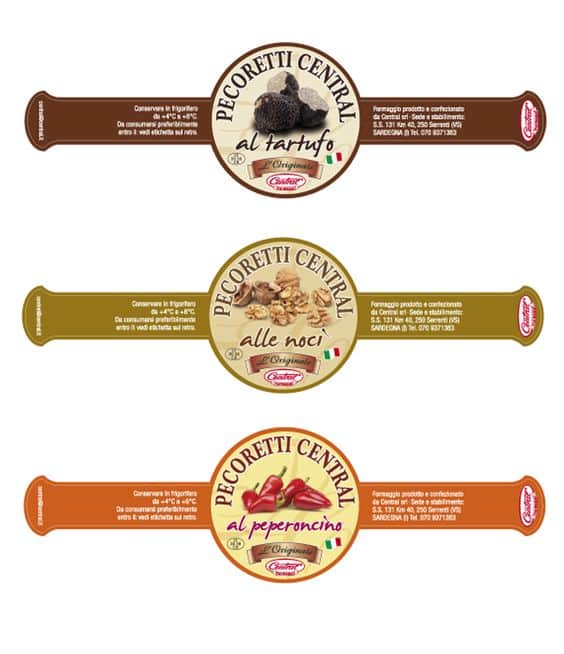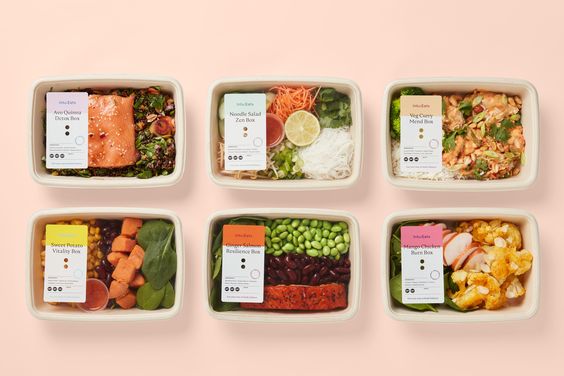Food packaging labels play a crucial role in informing consumers about the contents of packaged foods. They contain important information about the ingredients, nutritional content, allergens, and expiration dates of the product. Clear and accurate food packaging labels are essential to protect the health and safety of consumers, prevent allergic reactions, and promote informed food choices. Below we’ll take a closer look at the role that they play in protecting the consumer.
Thank you for reading this post, don't forget to the best blogger Guy About Home who offers the best garden and home improvement tips! If you are a home decor and design fan, don't miss the tips on home ideas. If you are a home garden owner, then you might be interest in our complete guides to house plants!
What Makes Food Packaging Labels Clear and Accurate?

Clear and accurate food packaging labels provide consumers with the information they need to make informed decisions about the food they buy and consume. A clear label should be easy to read and understand and should include all necessary information. An accurate label should provide complete and truthful information, without any misleading or false claims.
Information Required on Food Packaging Labels
Several pieces of information are required to be included on food packaging labels. These include the name of the food product, the list of ingredients, the nutritional content, and any allergen information.
The name of the food product should accurately reflect the contents of the package. For example, a product labelled as “chocolate chip cookies” should contain chocolate chips and be a cookie.
The list of ingredients is required by law and must be in descending order by weight. This means that the first ingredient listed is the most prominent ingredient by weight. Consumers can use this information to make informed decisions about the nutritional content and allergen risks of the product.
The nutritional content of the product is also required on food packaging labels. This includes information such as serving size, calories, fat, protein, and carbohydrates. This information can help consumers make informed decisions about their food choices and maintain a healthy diet.
Allergen information is essential for consumers with food allergies. The label should clearly identify any common allergens such as peanuts, tree nuts, wheat, soy, fish, or shellfish. This can help prevent allergic reactions and protect the health and safety of consumers with food allergies.
The Consequences of Inaccurate or Misleading Food Packaging Labels
Inaccurate or misleading food packaging labels can have serious consequences for consumers. For example, if a product is labelled as “organic,” but actually contains non-organic ingredients, this can mislead consumers who are looking for organic products.
Misleading or inaccurate labelling can also be dangerous for consumers with food allergies. A product that does not accurately list all allergens can put consumers at risk of a severe allergic reaction.
Inaccurate labelling can also impact consumers’ health and nutrition. If a product is labelled as “low-fat,” but actually contains a high amount of sugar or other unhealthy ingredients, consumers may be misinformed about the nutritional value of the product.
The Importance of Clear and Accurate Food Packaging Labels in Promoting Healthy Eating Habits
Clear and accurate food packaging labels can also play an important role in promoting healthy eating habits. By providing consumers with accurate nutritional information, they can make informed decisions about the foods they consume. For example, if a consumer is looking to reduce their sodium intake, they can use the sodium content listed on the label to make a more informed choice. Similarly, if a consumer is trying to increase their fibre intake, they can use the fibre content listed on the label to choose a product that fits their needs.
Clear and accurate food packaging labels can also promote transparency and trust between consumers and food manufacturers. When manufacturers provide complete and accurate information on their labels, consumers can make informed decisions and trust that the products they are buying are safe and healthy.



